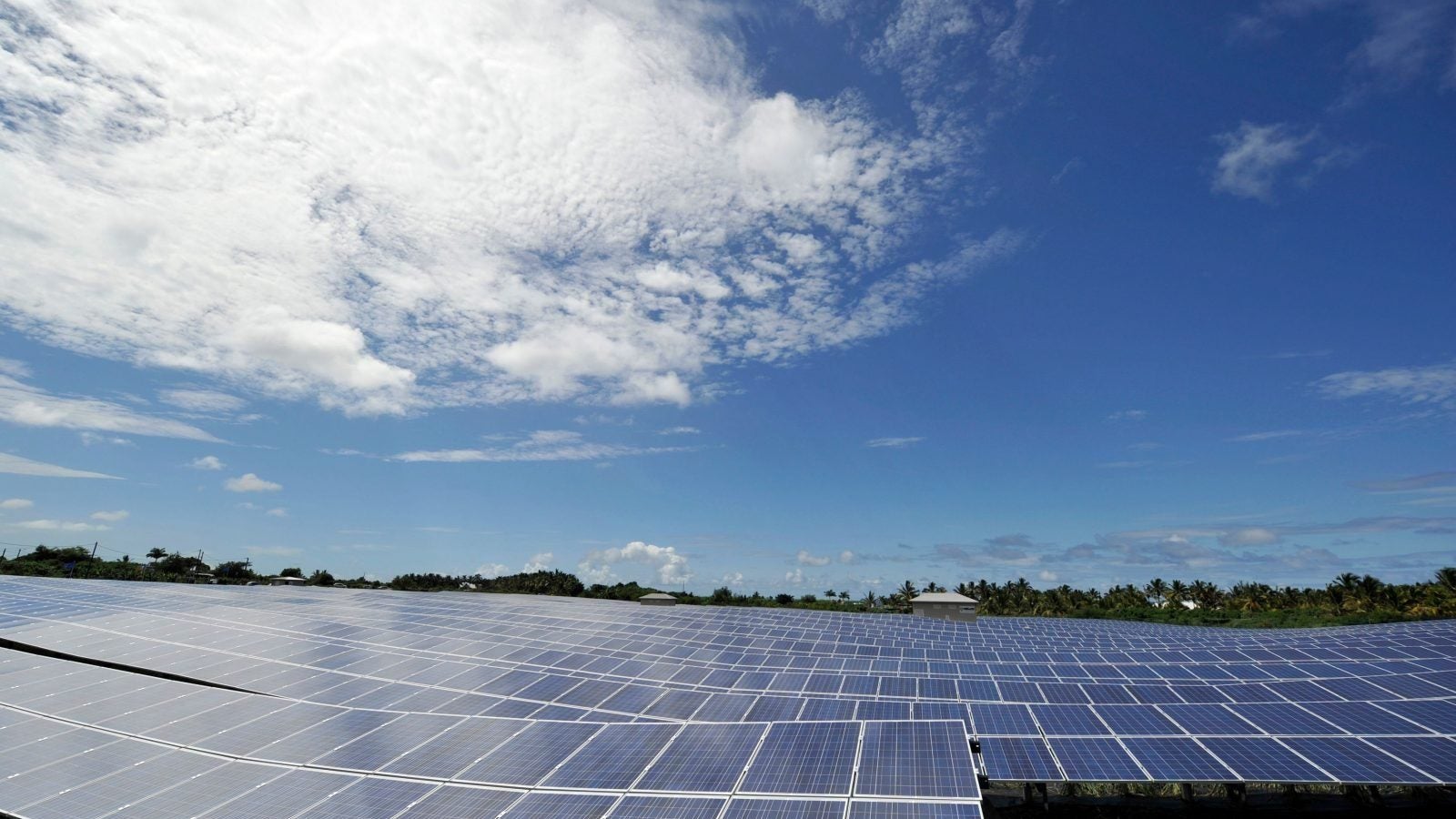India just pushed its booming solar industry into chaos
After months of rapid growth, India’s solar energy sector is staring at a round of policy and legal uncertainty, and tariff hikes.


After months of rapid growth, India’s solar energy sector is staring at a round of policy and legal uncertainty, and tariff hikes.
On Monday (July 30), the Narendra Modi government notified a 25% safeguard duty on imported solar panels for a period of two years. The duty, typically imposed during import surges, is meant to protect domestic manufacturers. It is now bound to hike solar power tariffs in India since around 90% of panels the sector uses are made in China and Malaysia.
“There will be an increase (of) close to 30 paisa (Rs0.31 or $0.0043) or 35 paisa. While we are seeing tariffs of around Rs2.44 per unit, the lowest going forward should be around Rs2.75 per unit,” said Ankur Agarwal, an analyst with India Ratings and Research.
But there’s more to it than just tariff hikes.
Legal troubles
The duty imposition followed a petition filed by Indian solar panel makers.
In December 2017, a group representing them had sought protection from rising imports. Following a probe, the directorate of safeguards under the finance ministry recommended in January 2018 a steep 70% duty. In July the directorate brought this figure down to 25%. However, even this was challenged in the Orissa high court by Gurugram-based renewable energy producer ACME Solar and other solar power developers. Last week, the high court passed an order against any such duty being imposed till Aug. 20, 2018.
So the government may be in contempt of court, implying future legal tussles.
“This will become a full-blown legal case now. What people will do is they will go to courts; somebody will file a case against (the safeguard duty),” Amit Kumar, cleantech partner at consulting firm PwC, said referring to those firms that bid for projects without taking into account these additional duties. “It brings in certain uncertainty into the whole programme.”
All this comes just as the Modi government is chasing a target of 100 gigawatts (GW or 1,000 megawatts) of solar power in India by 2022. As of today, the installed capacity is only around 22 GW.
Whether such duties will serve their purpose at this stage is unclear.
Make in India
India has around half-a-dozen makers of solar cells and modules, with a total capacity of around 3,000 MW. This is hardly enough to meet the country’s burgeoning demand.
“India will auction close to 25 GW to 30 GW a year. Domestic manufacturers are not in a position to manufacture over 3 GW or 4 GW. Going forward, at least 80% will be imported,” Agarwal of India Ratings and Research said. So “we don’t see the domestic players, in the short term at least, replacing imported ones.”
While the safeguard duty now puts locally-made panels on par with imported ones in terms of cost, the domestic sector needs to do a lot more to be effective.
For instance, it will have to go down the supply chain and make the input components locally instead of importing them and putting the modules together here. Technology, too, needs to improve.
In fact, the ministry of new and renewable energy admitted in a research note last year that the domestic sector was “not being fully exploited because of obsolete technology.” The “price of solar equipment produced in the country is not competitive as compared to that of foreign manufacturers, especially Chinese manufacturers,” it added.